Aluminium Anodising is an electrochemical process done on aluminium to increase the thickness of thin natural oxide coating and thereby enhance its corrosion resistant properties. In our previous article Properties of Aluminium, the reasons behind applying a coating are described in detail. The anodic layer is non-conductive and acts as an insulation against electricity, sound, and heat. Aluminium anodising can increase the aesthetic look, absorb wear and tear and provide requisite durability against possible scratches occurred during handling, fabrication, and erection.
What is Aluminium Anodising ?
Anodising is an electrochemical process that transforms the metal surface into a decorative, durable, and anti corrosive anodic oxide finish. The Anodising process is conducted by passing an electric current through an electrolyte with aluminium to be coated as an anode. The oxygen ions released from the electrolyte get deposited on the surface of the object/anode. Oxygen reacts with aluminium to produce aluminium oxide. The thickness of Anodising ranges from 4 microns to 30 microns or some times more.
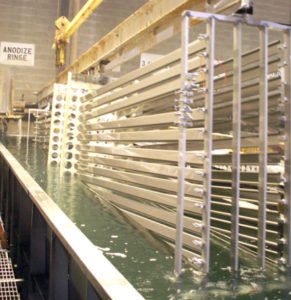
Aluminium Anodising Process
The process of anodising is divided into stages depending upon t
Pre-treatment
The products to be anodised are cleaned in acid or alkali solutions to remove the dirt, grease, and other impurities from the surface. The pre-treatment method depends on the types of finish to be applied. The material is de-oxidised in an acidic solution to remove the natural oxide film.
Etching
Etching involves the removal of some parts of aluminium from the surface. This can be done using alkali or acid according to the finish coat type and texture.
For satin finishes and precision parts light etching is done using alkali where minimum etching is done just enough to remove the natural oxide film. The alkaline solution used for light etching is Sodium Hydroxide.
For non-precision parts and architectural extrusions, minor scratches and dye markings will be visible. Hence etching is done by treating in a concentrated mixture of phosphoric and nitric acids.
Brightening
Brightening is a micro level treatment done on the aluminium surface by chemical or eletrochemical means. This is done to level up the undulations. This provides a high lustre on the surface for receiving the coatings
Aluminium Anodising
The aluminium part to be anodised is submerged in an electrolyte solution. The electrolyte used in this process is sulphuric acid.
The positive charge is applied to the submerged aluminium which acts as an anode and negative charge is applied to the plates suspended in the electrolyte. High voltage direct current is passed through the electrolyte constituting positive and negative ions. The electric current in the circuit causes positive ions to get attracted to the negative plates, and negative ions to flock to the positive aluminium anode.
Formation of barrier layer
The aluminium combines with the negatively charged oxygen ions to create aluminium oxide. This process develops a metal oxide film on the surface of aluminium that is treated. The layer quality can be adjusted with the concentration of solution and temperature.This is called a barrier layer, a defence against further chemical reactions at those spots.
As current continues to be applied, the relatively weak and reactive areas of the pores will continue to penetrate deeper into the substrate, forming a series of column-like hollow structures. At this point the surface is porous and attracts dirt and other substances. Colour can be added at this stage.
For typical non-hard coatings, the depth can be up to 10 microns. Once this level is reached, and if no colour is needed, the process is stopped.
Sealing process
The final stage is sealing of pores and the process involves in dipping in a de-ionised water rinsing.
The coating can withstand chemical attack, scratch resistant and have a hardness index of 9 out of 10 in Mohs Hardness scale , means second only to diamond.
Application of colour
As mentioned above the barrier layer is porous like what is shown in the figure. At this stage we can go application of colour. The pigments fills the porous.
The pigment fills all the empty pores up to the surface, where it’s then permanently sealed off. That’s why anodised colours are so durable – they can’t be scratched off from the surface because in fact the colours are deep down and can only be removed by grinding away the substrate.
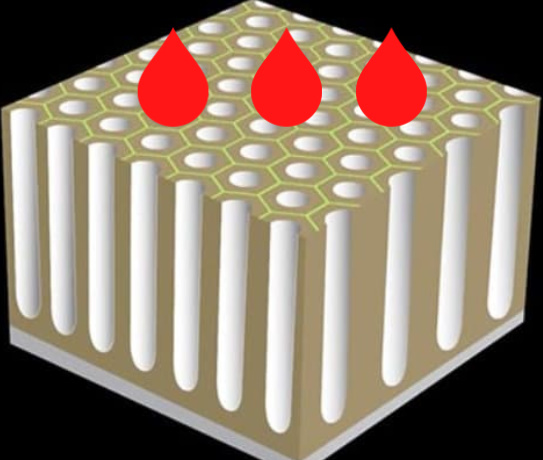
After colouring, anodised aluminium has a characteristic “metallic” look. This is caused because of the roughness left after a uniform electro-chemical etching. The deeper the pores, the rougher the surface will be but the colours will also be that much more durable.
Technique of colour anodising
There are several techniques for colour anodising aluminium. One technique is electrolytic colouring, which involves immersing the anodised aluminium in an inorganic metal salt bath. An electric current is applied to this bath as the metal salts oxidise in the aluminium’s pores. Depending on the chemical conditions of the bath and the length of time immersed, the aluminium colour will vary. Popular anodised colour finishes include gold, black, stainless, clear, brown, bronze, and nickel.
Advantages of aluminium anodising
Anodised aluminium possesses a lot of advantages over any other type of coatings. What is unique, is that no additional layer is applied to the aluminium during anodising. Anodising creates a layer that is built up from the existing aluminium. The oxide layer is fully integrated into the material.
a) Appearance of aluminium anodising
Anodising protects the natural feel and appearance of aluminium with its aesthetically pleasing looks. Anodised look feels better than a painted artificial look.
b) Resistance to corrosion & wear
Anodising increases corrosion resistance and the material retains its appearance for a longer period. Anodising creates a hard, wear-resistant layer which protects the underlying aluminium. Anodised aluminium is used in high traffic areas subjected to excessive wear and abrasion. It can also be used in areas exposed to sunlight, humidity, heat, etc without any effect on the coating.
c) Increase life span of aluminium anodising
Anodising is a very old and proven process. Anodised materials have a greater life span when compared with any other coating material.
d) Adhesion
Unlike paints and powder coatings, anodising is not a coating. Hence it may not fade or peel off when exposed to atmospheric conditions like sunlight, heat, moisture, etc.
e) Abrasion resistant
The aluminium oxide layer is one of the hardest material next to diamond. The anodic layer is capable of withstanding wear and abrasion in transportation, handling, and fabrication. Powder coatings are not as harder as anodised aluminium.
f) Environmental Friendly and VOC s
The process of anodising aluminium is an environmentally friendly metal coating technique. It does not emit any volatile organic compounds. (VOC s). The waste of aluminium anodising constitutes aluminium sulphate and aluminium hydroxide which are recycled and used in water treatment systems and cosmetics. Anodised aluminium can be used in green buildings.
g) Surface finish
Anodising creates a uniform and regular finish. The problem of orange peeling and high coating thickness may not occur in anodising. Anodising can be applied to modified materials also.
h) 100% Recyclable
Anodised Aluminium can be recycled and reused to any extend. The recycled product possesses the same quality as the virgin product. Coating removal is not necessary before recycling like other coating products.
i) Filiform corrosion
The diminishing of the internal layer between the aluminium surface and the coating doesn’t happen in anodising like other coatings.
J) Chalking
Chalking is the formation of fine powder on the surfaces of paint films due to weathering, whereas in aluminium no chalking will be formed. The colour , gloss, texture etc shall be retained in all atmospheric conditions.
Aluminium anodising – Applications
Anodised aluminium is used in a lot of applications.
a) Building and construction sector in the form or extrusions which are fabricated and erected for sky light,facades, green building, handrails,doors and windows etc.
b) Used for automobile, boat and aircraft parts
c) Food processing industry
d) Decorative works
e) Marine – Yacht masts, pontoons and decks etc

Demerits of Anodised aluminium
Aluminium anodising got limited colour selection because of the chemicals used in the anodising process. The available colours may not match with the colour scheme of structures.
Touch-up, repair and re coating of anodised product is not possible.
Anodising is vulnerable to lime and cement, Industrial acid, alkali pollutants etc. Anodised aluminium has to be protected while using in under construction buildings.
Anodising is costly than the other polyester coatings.
Anodising does not cover the welded joints.
Shade variation between batches usually happens in anodising.



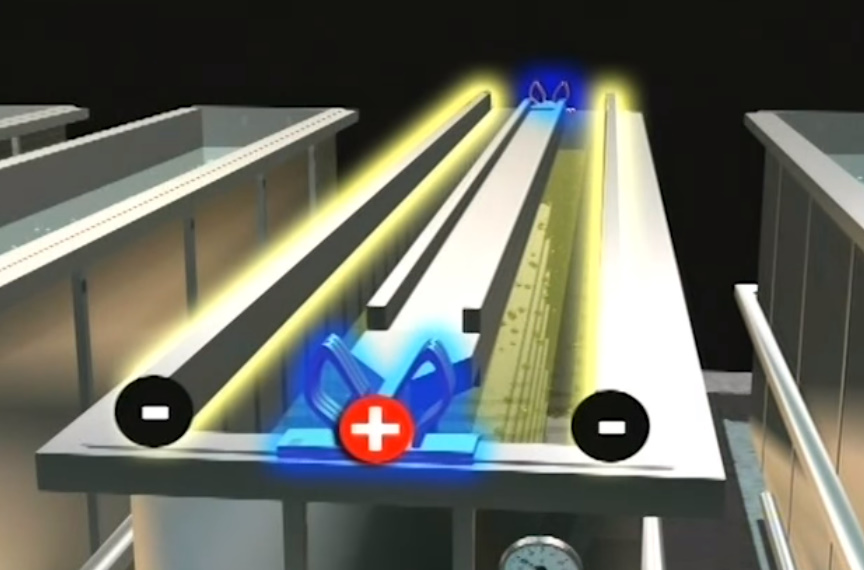
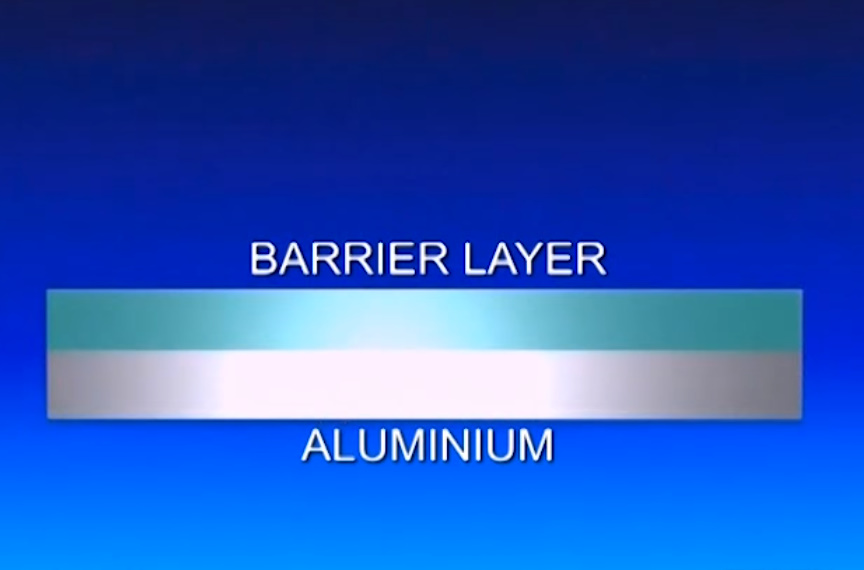
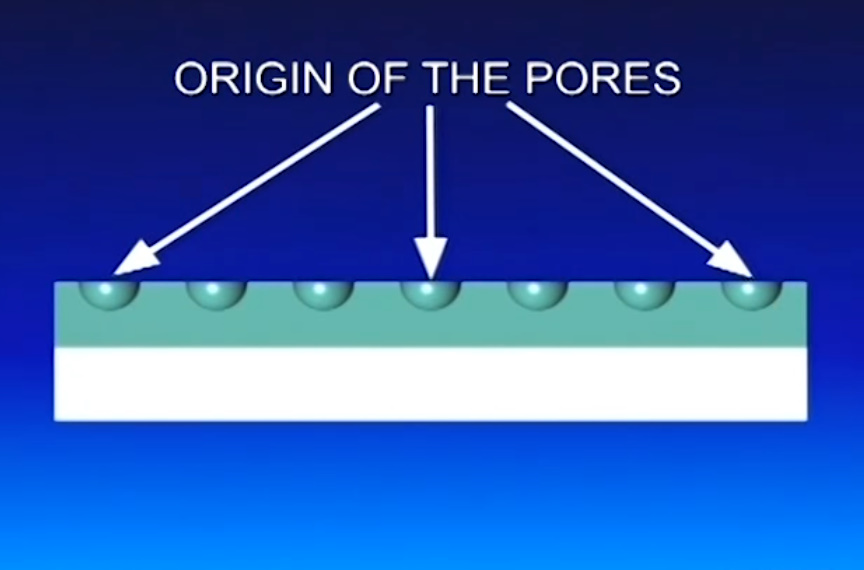
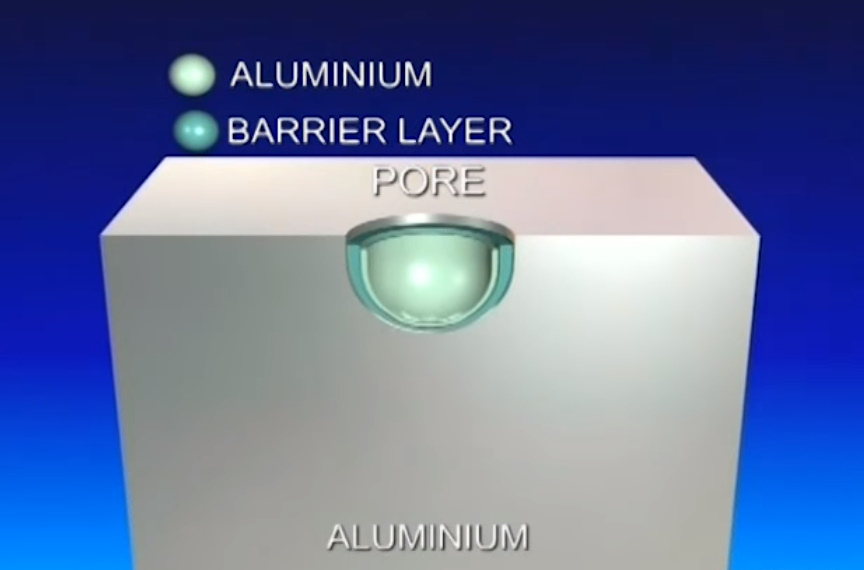
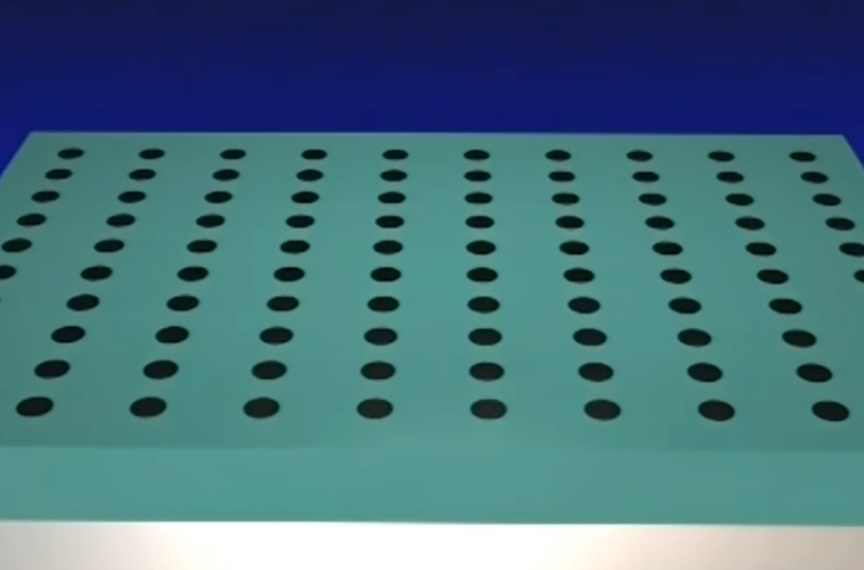
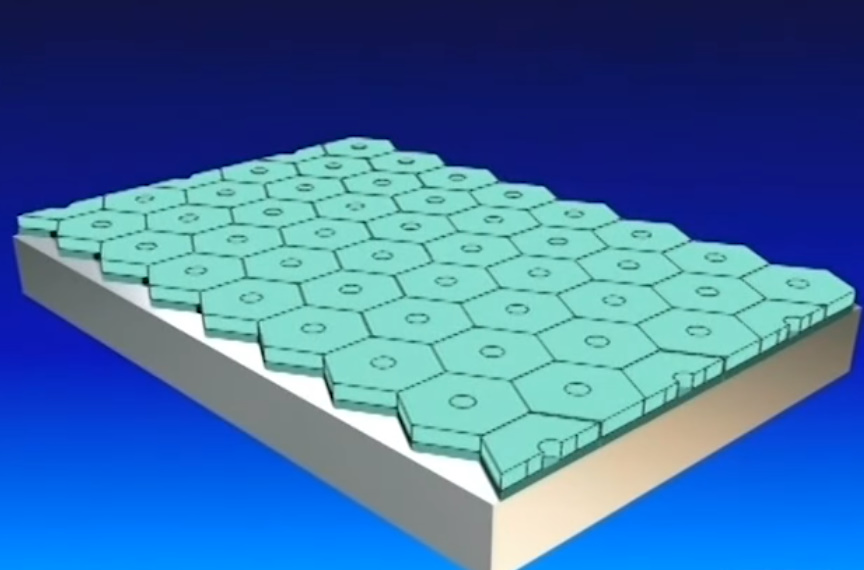
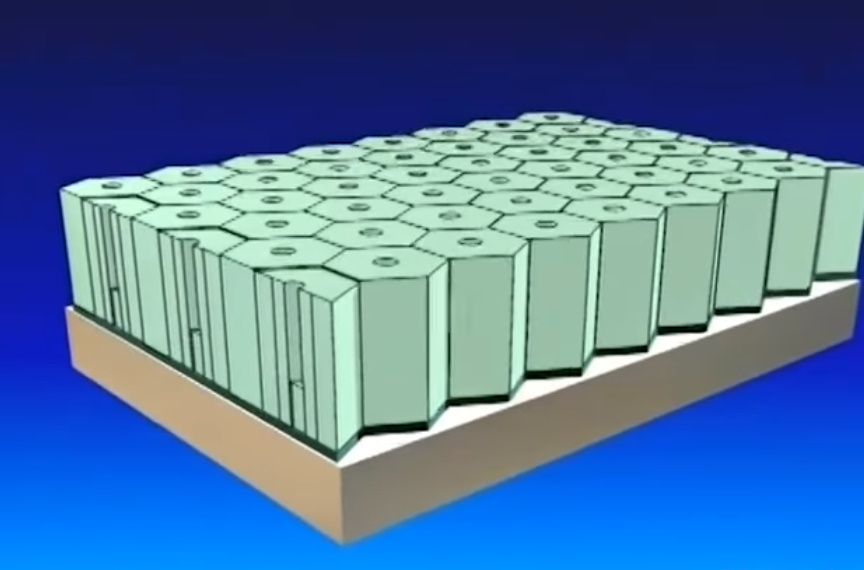
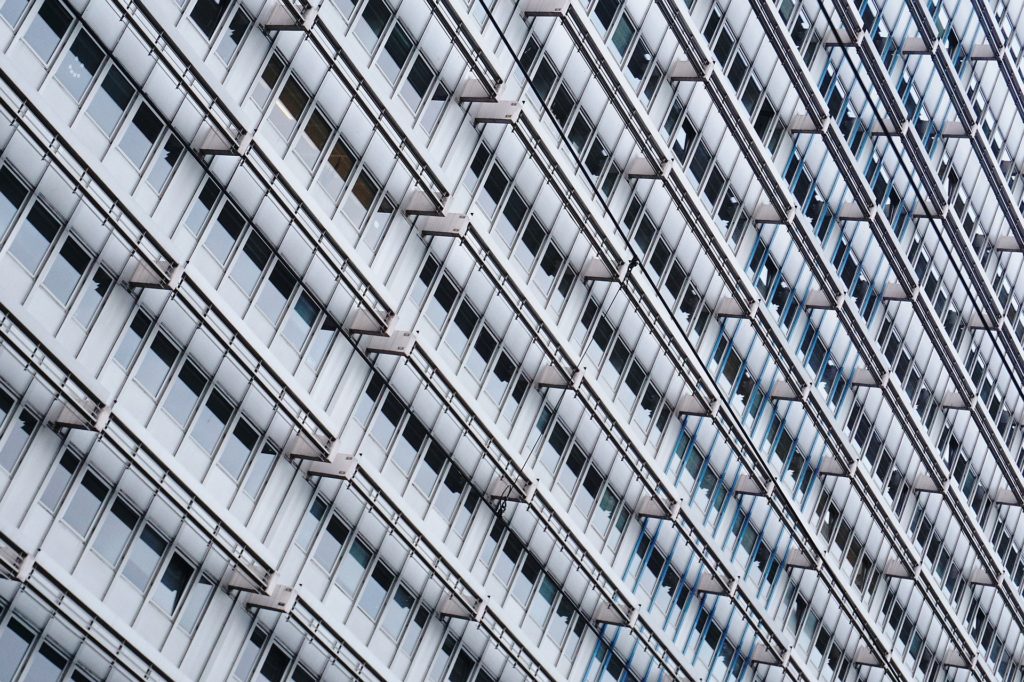
Comments are closed.